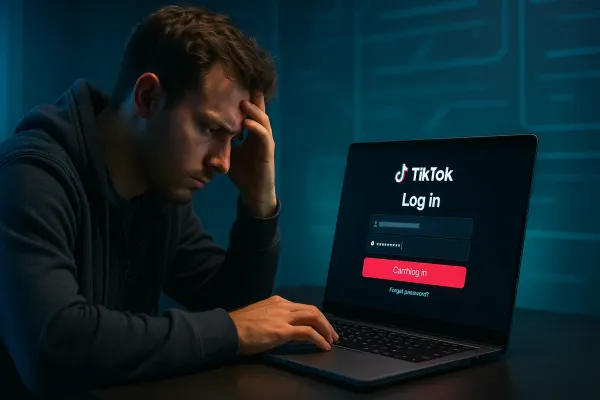How to Create a Cryptocurrency: A Powerful 8-Step Guide

Are you eager to learn how to create a cryptocurrency and make an impact in the blockchain world? With the rise of digital assets, launching a cryptocurrency can provide financial opportunities, drive innovation, and power decentralized applications.
In this guide, we’ll cover:
✅ Choosing between creating a coin or a token
✅ Setting up a blockchain development environment
✅ Writing and deploying smart contracts
✅ Ensuring security and regulatory compliance
✅ Launching and marketing your cryptocurrency successfully
By the end, you’ll have a clear roadmap on how to create a cryptocurrency from scratch. Let’s dive in! 🚀
Understanding Cryptocurrencies
What Is a Cryptocurrency?

A cryptocurrency is a digital asset that operates on a decentralized network, typically using blockchain technology. Unlike traditional fiat currencies controlled by governments and banks, cryptocurrencies provide:
Decentralization – No single entity controls transactions.
Security – Cryptography ensures secure and immutable transactions.
Transparency – Transactions are publicly recorded on the blockchain.
Types of Cryptocurrencies
There are two primary types of cryptocurrencies:
1. Coins (Native Cryptocurrencies)
Built on their own blockchain
Examples: Bitcoin (BTC), Ethereum (ETH), Solana (SOL)
Require advanced blockchain development
2. Tokens (Built on Existing Blockchains)
Created using smart contracts
Examples: Tether (USDT), Uniswap (UNI), Shiba Inu (SHIB)
Easier to develop using platforms like Ethereum, Binance Smart Chain (BSC), or Polygon
How to Create a Cryptocurrency: Step-by-Step Guide
Step 1: Choose the Right Blockchain
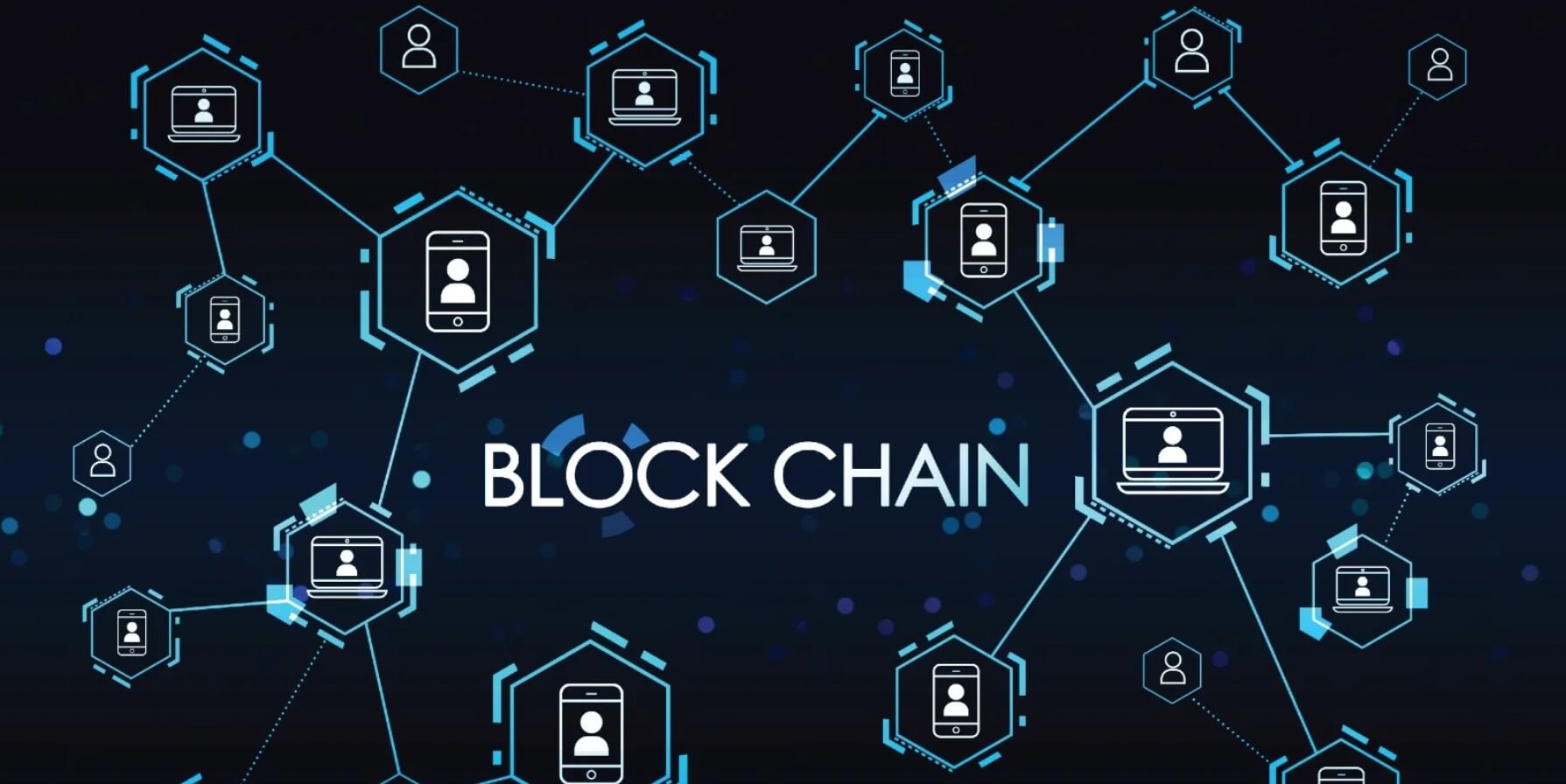
Selecting a blockchain platform is crucial. Your choice depends on whether you're launching a coin (new blockchain) or a token (built on an existing blockchain).
Popular Blockchain Platforms for Cryptocurrency Development
| Blockchain | Ideal For | Key Features |
|---|---|---|
| Ethereum | Smart contracts, DeFi, NFTs | ERC-20, ERC-721 token standards |
| Binance Smart Chain (BSC) | Low-cost token creation | BEP-20 token standard, fast transactions |
| Solana | High-speed transactions | Ideal for dApps and gaming tokens |
| Polygon (MATIC) | Scalable Ethereum Layer 2 | Low transaction fees |
| Bitcoin Forks | Custom coins | Independent blockchain required |
💡 Tip: If you need a fast, low-cost way to create a cryptocurrency, choose an existing blockchain like Ethereum or BSC instead of building a new one.
Step 2: Decide Between a Coin or Token
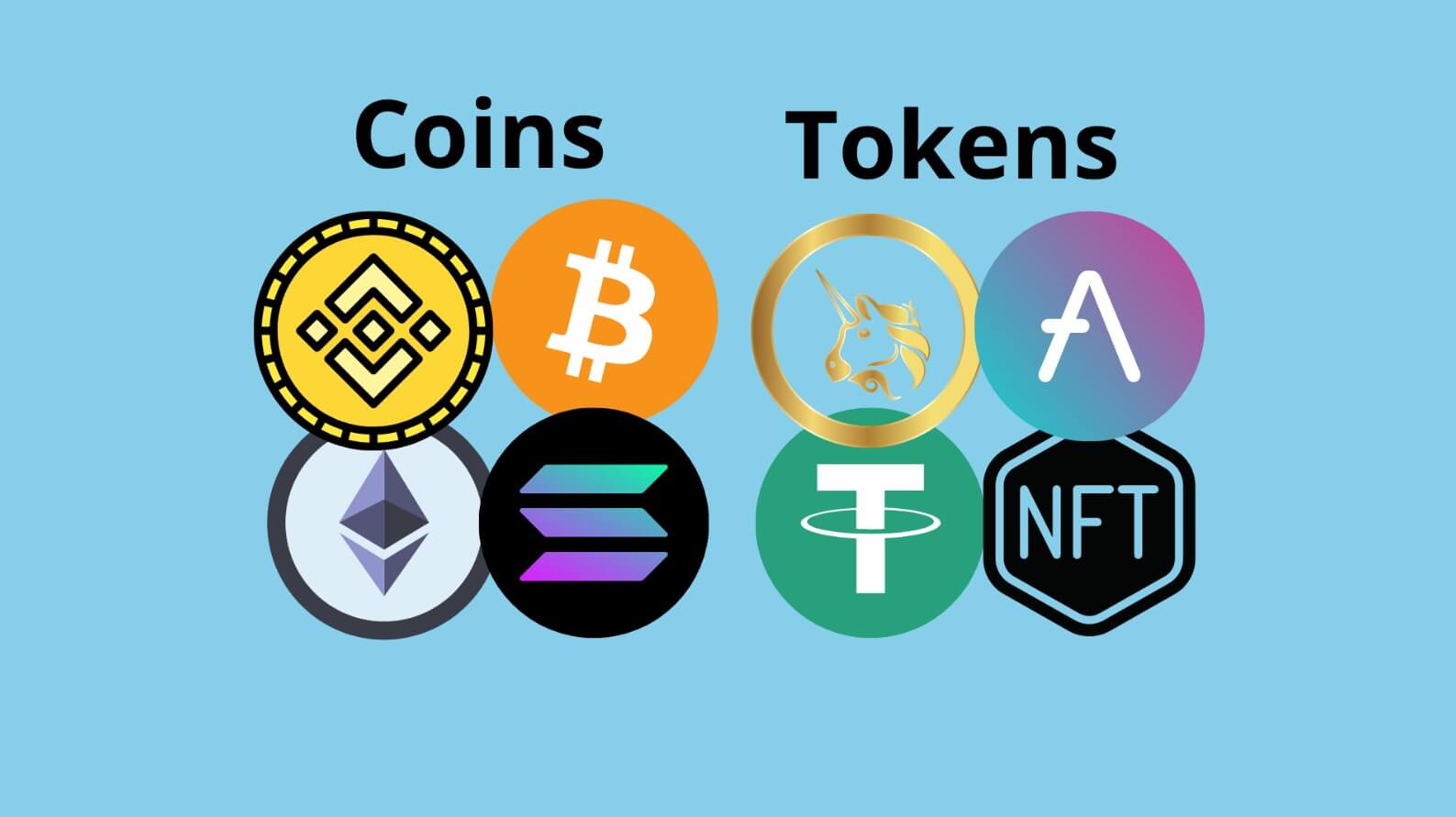
Before development, determine whether you need a coin or a token:
✔ Choose a Coin if you need a completely independent cryptocurrency with its own blockchain.
✔ Choose a Token if you want to quickly launch a digital asset on an existing blockchain.
Step 3: Set Up a Blockchain Development Environment
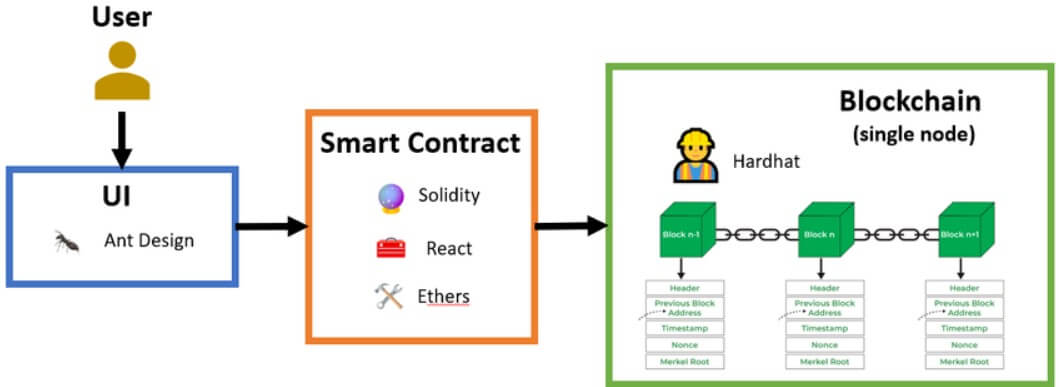
Essential Tools for Cryptocurrency Development
📌 Programming Languages:
Solidity (Ethereum, BSC)
Rust (Solana)
C++ (Bitcoin, Litecoin)
📌 Development Tools:
Ethereum: Remix IDE, Hardhat, Truffle
BSC: Binance Smart Chain Testnet, MetaMask
Bitcoin Forks: Bitcoin Core, GitHub
Step 4: Creating a Cryptocurrency Token
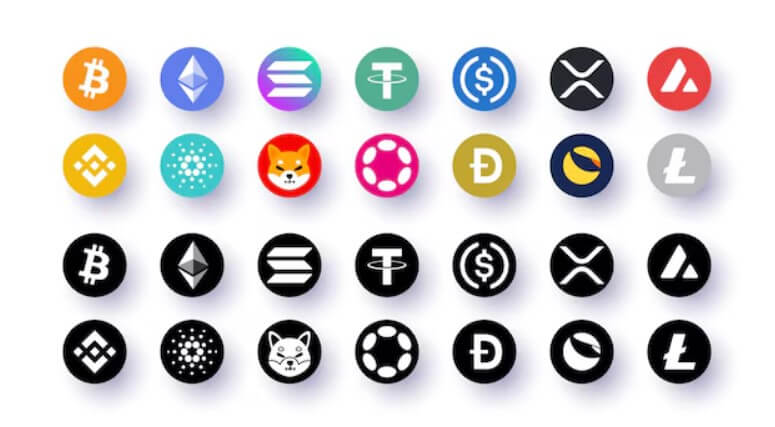
How to Create a Token on Ethereum (ERC-20 Standard)
1️⃣ Set Up a Wallet – Install MetaMask and connect it to Ethereum.
2️⃣ Write the Smart Contract – Define token properties like name, symbol, and total supply using Solidity.
3️⃣ Compile and Deploy – Use Remix IDE or Hardhat to deploy your contract on Ethereum.
4️⃣ Verify and Distribute – Publish your token contract and list it on Uniswap or other DEXs.
Creating a Token on Binance Smart Chain (BEP-20 Standard)
BSC offers lower transaction fees compared to Ethereum. The process is similar to ERC-20 token creation but requires BSC’s BEP-20 token standard.
✔ Use Binance Smart Chain Testnet for testing.
✔ Deploy tokens using BSCScan and MetaMask.
💡 Tip: Use no-code tools like CoinTool, TokenMint, and Moralis to create a token without coding experience.
Step 5: Ensuring Security & Regulatory Compliance
Key Smart Contract Security Best Practices
🔹 Avoid reentrancy attacks (a common vulnerability in smart contracts).
🔹 Implement ownership controls for minting and burning tokens.
🔹 Use audited smart contract templates to reduce risks.
Legal & Regulatory Considerations
📌 Check KYC (Know Your Customer) and AML (Anti-Money Laundering) regulations.
📌 Register your cryptocurrency if required in your jurisdiction.
📌 Follow crypto taxation laws to avoid penalties.
Launching & Marketing Your Cryptocurrency

Step 6: List Your Cryptocurrency on Exchanges
✅ Decentralized Exchanges (DEXs) – Uniswap, PancakeSwap
✅ Centralized Exchanges (CEXs) – Binance, Coinbase, KuCoin
Step 7: Build a Community Around Your Cryptocurrency
🌍 Community Engagement Strategies:
🚀 Launch a website & whitepaper
📢 Create social media profiles (X, Discord, Telegram)
🎁 Offer airdrop campaigns & staking rewards
🤝 Form partnerships with blockchain projects
Step 8: Raise Funds with an ICO or Token Sale
💰 Fundraising Options:
Initial Coin Offering (ICO) – Sell tokens to early investors
Initial DEX Offering (IDO) – Raise funds via a decentralized exchange
FAQs
How much does it cost to create a cryptocurrency?
Token creation costs $500 - $10,000, while a full blockchain-based coin may cost over $100,000.
Can I create a cryptocurrency without coding?
Yes! Platforms like TokenMint and Moralis allow token creation with minimal technical knowledge.
Is it legal to create a cryptocurrency?
Yes, but regulations vary by country. Always check financial and tax laws before launching.
How can I make my cryptocurrency valuable?
Offer real-world utility, use cases, and strong community engagement.
Can I mine my cryptocurrency?
If you create a Proof-of-Work (PoW) blockchain, mining is possible. Otherwise, consider Proof-of-Stake (PoS) for energy efficiency.
Conclusion
Creating a cryptocurrency is a rewarding but complex process. Whether you build a custom coin or a blockchain token, success requires:
✔ A strong technical foundation
✔ Security & legal compliance
✔ Community support & marketing
Now that you know how to create a cryptocurrency, it’s time to start building your crypto empire! 🚀





